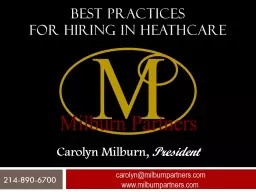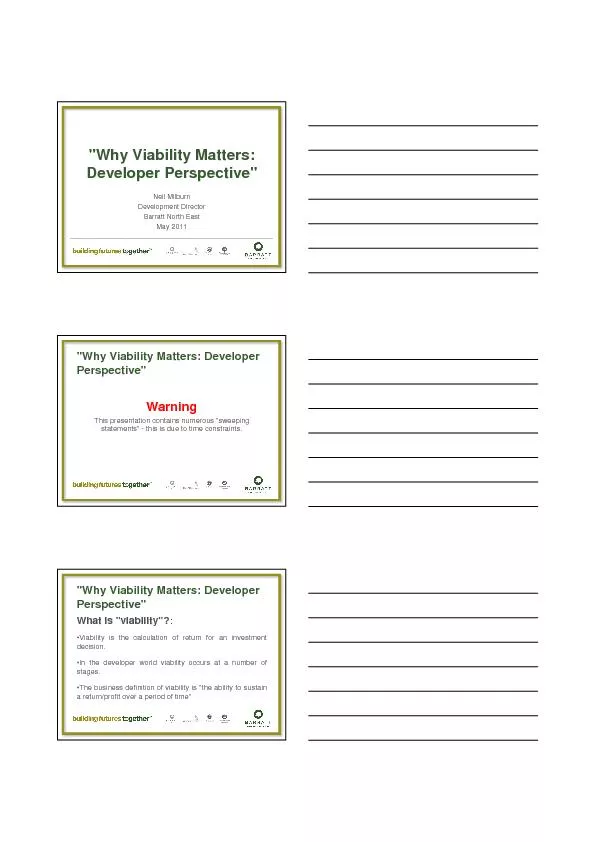PPT-Carolyn Milburn, President
Author : aaron | Published Date : 2018-02-21
carolynmilburnpartnerscom wwwmilburnpartnerscom Best practices for hiring in healthcare 2148906700 Milburn Partners Inc Our firm was founded in 2001 with offices
Presentation Embed Code
Download Presentation
Download Presentation The PPT/PDF document "Carolyn Milburn, President" is the property of its rightful owner. Permission is granted to download and print the materials on this website for personal, non-commercial use only, and to display it on your personal computer provided you do not modify the materials and that you retain all copyright notices contained in the materials. By downloading content from our website, you accept the terms of this agreement.
Carolyn Milburn, President: Transcript
Download Rules Of Document
"Carolyn Milburn, President"The content belongs to its owner. You may download and print it for personal use, without modification, and keep all copyright notices. By downloading, you agree to these terms.
Related Documents














